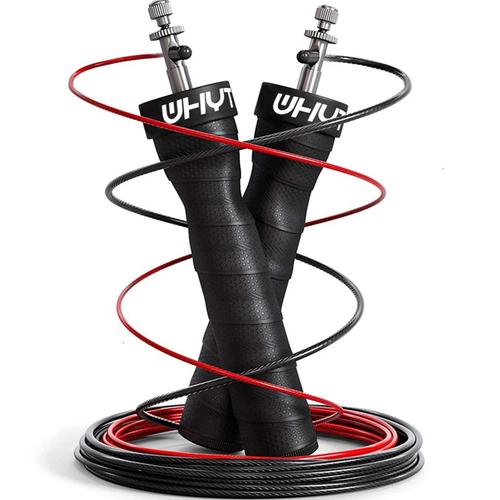How Do Roller Bearings Work: The Ultimate Guide to Selection
Introduction
The global bearing market will reach $278.7 billion by 2030 (Grand View Research). Roller bearings power 78% of industrial machinery but 43% of buyers report premature failures due to improper selection. This guide resolves critical pain points through technical analysis, procurement strategies, and emerging ISO 17804-2023 standards.
Procurement Guide
| Type | Load Capacity | Speed Limit | Typical Cost |
|---|---|---|---|
| Cylindrical Roller Bearings | High Radial | 3,000 RPM | $25-$150 |
| Tapered Roller Bearings | Combined Load | 2,500 RPM | $40-$200 |
7 Must-Check Features for Heavy-Duty Roller Bearings
- Dynamic load rating exceeding 15,000N
- ISO 492:2023 compliance
- Sealed vs open design
- ABEC precision class
- Retainer material (steel/polyamide)
- Operating temperature range
- Vibration certification
Technical Analysis

Radial clearance (C0-C5) determines thermal expansion tolerance. For high-speed applications (3,000 RPM), maintain 0.0005" clearance per inch of shaft diameter. SKF's Waveform Contact design reduces stress concentration by 37% compared to conventional bearings.
Market Trends
Europe dominates 38% market share (Statista 2024) with strict REACH compliance. Southeast Asia shows 14% CAGR growth in automotive bearings. New NSF/ANSI 600-2024 standards mandate chromium-free surface treatments.
FAQ
A: Single-row cylindrical bearings handle radial loads only. Use tapered or spherical roller bearings for combined loads.
A: ISO 9001 for manufacturing, ANSI/ABMA Std 9 for load ratings, and CE marking for EU imports.




 13869596835
13869596835